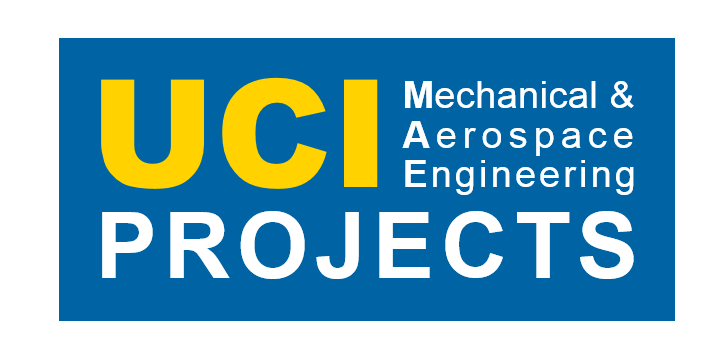Enter Tagline Here
For conventional propellers, an efficiency of 40-50% is achieved where much of the translated energy is lost to induced and frictional drag. Furthermore, this lost energy from reduced efficiency requires more fuel consumption and wasted energy to move a large vessel. This creates a need for a system that is significantly more efficient to reduce costs and greenhouse gas emissions.
A new system can be developed by researching aquatic animals and the way they move through the water. Researchers study these animals in their environment, offering promising examples of optimal fluid dynamics for means of biomimetic propulsion . Using the evolved body shape, propulsion mechanism, and swimming pattern of aquatic animals we hope to design a biomimetic propulsion system that can outperform conventional underwater propellers.
Our first design, will be similar to that of a dolphin’s flipper geometry and motion pattern. Dolphins have a tailfin that creates thrust by moving in sinusoidal pathway propelling water in the opposite direction of motion. Its dynamic motion pattern results in a high propulsive efficiency which is a desirable characteristic for our project.
Our project aims to create an alternative flipper propulsion based system that is more efficient than conventional propellers. Current ongoing research demonstrates efficiencies of biomimetic propulsion systems to be greater than 80%. The current propellers that exist are inefficient and require more fuel and energy compared to multi-joint biomimetic propulsion systems. With our multi-joint design of a biomimetic propulsion system, we could potentially be saving millions of dollars for water vessels from fuel and energy reduction and reducing maritime contribution of greenhouse gases. Additionally, our multi-joint biomimetic design will reduce noise disturbances to marine environment for aquatic animals that use sonar navigation methods.
The components for testing must be waterproof and corrosion resistant as the electrical motors and sensors may come in contact with water inside the testing tank. This potential hazard will be monitored and testing will be performed with great caution following strict safety guidelines.
To measure the efficiency of our biomimetic propulsion system, we must measure thrust and mechanical power.
Where, Efficiency = Thrust Power/Mechanical Power
The thrust will be measured by analyzing the dynamic pressure before and after the propulsion of water in the tank. A pressure transducer will be able to measure the dynamic pressure of moving water in the tank propelled by the flippers/propeller. The mechanical power will be measured from the current required by the servo when under load to produce torque and the speed of the servo motor. This data will be acquired through either a data acquisition microprocessor or oscilloscope in a UCI lab. Tests will be performed for the flippers and compared to a 4-blade propeller as they show the greatest ranges of propeller efficiency.
# | Name | Email Address | Position | LinkedIn Address |
|---|---|---|---|---|
| 1 | Alejandro Martin | martinai@uci.edu | Team Lead / Systems and Controls | |
| 2 | Tim Kelly | Safety Officer / Manufacturing | ||
| 3 | Kimberly Luu | ktluu1@uci.edu | Document Manager / Data Analytics | |
| 4 | Damian Torres | drtorres@uci.edu | Purchasing Manager / Fin Design |
Spring 2017 Week 2&3: Tank Progress and Electrical Components
April 28, 2017Winter Design Review and Quarter Goals
April 15, 2017AquaLoco: Week 8 Updates
March 6, 2017AquaLoco: Week 7 Updates
February 27, 2017
Name: Alejandro Martin
Email: martinai@uci.edu
Team Lead & Purchasing Manager

Name: Damian Torres
Email: drtorres@uci.edu
Safety & Document Manager
Initial Project Information
Project ID#
MAE0089
Course Code
19277
Project Type
Research
Field of Interest
Hydrodynamics, mechanism design
Description
Locomotion in aquatic environment has evolved in a variety of directions. The project will focus on locomotion using flippers. The main task is to test the efficiency of a propulsion system based on flippers as potential alternative to propellers. The project includes the design and construction of a suitable water tank (in the form of circular channel) for testing, a support structure and actuation mechanism for flippers that can be used to propel water through the channel, the sensing equipment to measure flow and forces so as to estimate efficiency of propulsion under different actuation protocols and flipper geometries.
Maximum Number of Students
5
Requirements
reasonably good GPA but, most importantly, excitement in finding out some of nature’s secrets acquired through millions of years in evolution of aquatic propulsion
Additional Information
none
Contact Method
contact advisor







